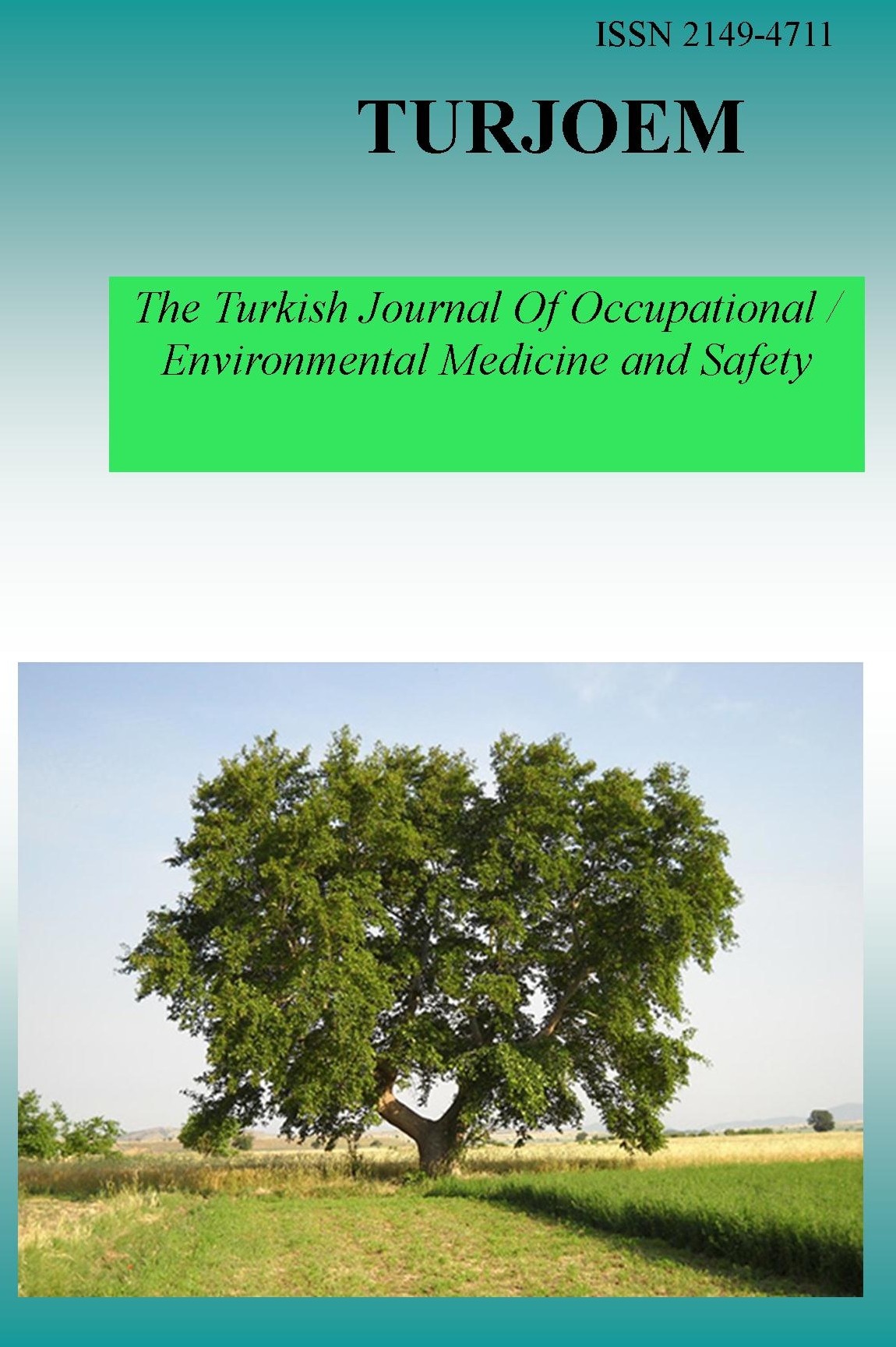Occupational diseases in the Netherlands: incidence, type, consequences and risk factors
Occupational diseases in the Netherlands: incidence, type, consequences and risk factors
___
- Anita Venema, Romy Steenbeek, Liza Van Dam, Ernest De Vroome The Netherlands Organization for Applied Scientific Research (TNO), Leiden, The Netherlands
- ISSN: 2149-4711
- Başlangıç: 2015
- Yayıncı: Engin TUTKUN
Lyme As An Occupational Disease
Emre ÖZASLAN, Muhsin AKBABA, Mehmet GÖKDENİZ
Occupational health and disease of seasonal agricultural worker's
Nazan Akçalı, Sevim Sibel Demir, Muhsin Akbaba, Alper Acil
Musculoskeletal Ionizing Radiation Exposure Related Health Results in Nurses: Four Case Reports
Meşide GÜNDÜZÖZ, Canan DEMİR, Nejdiye MAZICAN, Servet BİRGİN İRİTAŞ, Lütfiye TUTKUN, Vugar Ali TÜRKSOY, Ömer HINÇ YILMAZ
Immunization Status of Turkey Health Workers for 2011-2015
Sertap Atcı, Ferdi Tanır, Muhsin Akbaba
Industrial toxic exposures and cardiotoxicity
Sevim Sibel Demir, Nazan Akçalı, Muhsin Akbaba, Hayri Sarı
Evaluation of The Prevalence of Musculoskeletal Disorders In Nurses
Causes of death due to overwork
Muhsin AKBABA, Burak KURT, Volkan Recai ÖTEGEN
Heart rate variability in patients with vibration disease complicated with hypertension
Elena Stanislavovna Khmel, Victoriya Vsevolodovna Rodionova, Lyudmila Anatolyevna Glinyana2
Musculoskeletal Disorders (MSDs) in Turkish Dentists- 3 Cases
Canan Demir, Nejdiye Mazıcan, Meşide Gündüzöz, Vugar Ali Türksoy, Lütfiye Tutkun, Servet B. İritaş, Bilgehan Açıkgöz
